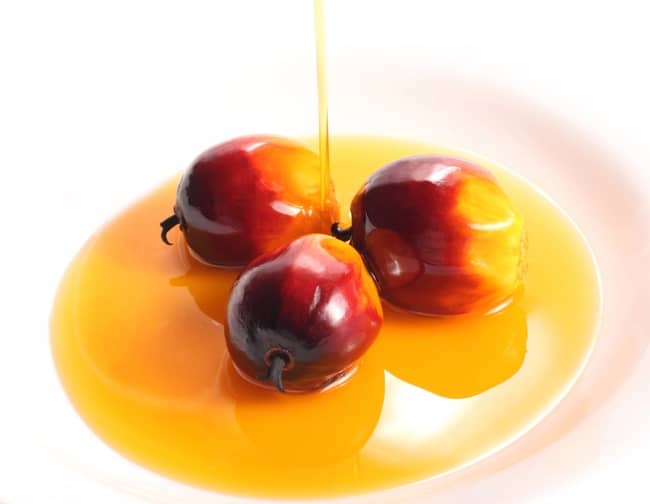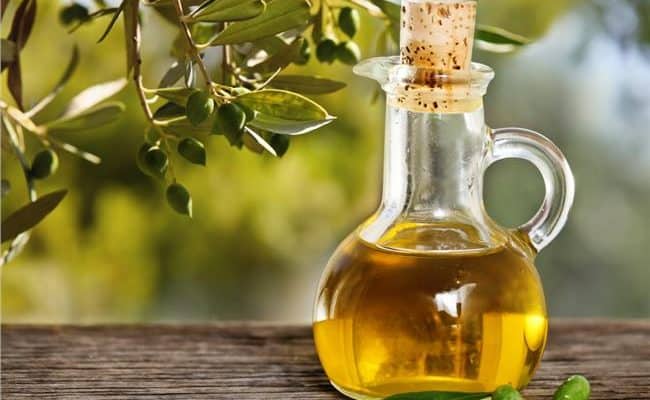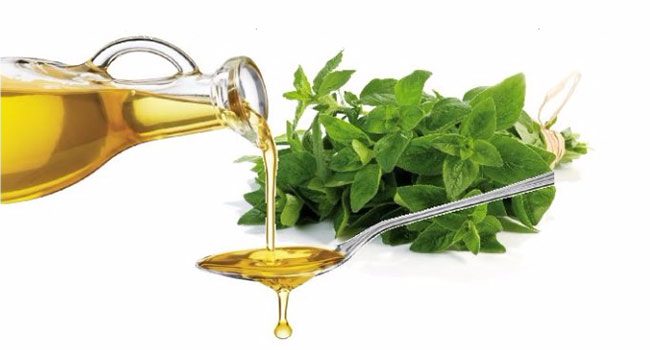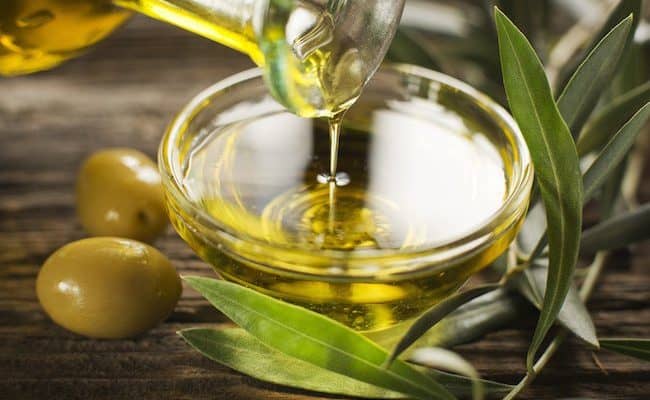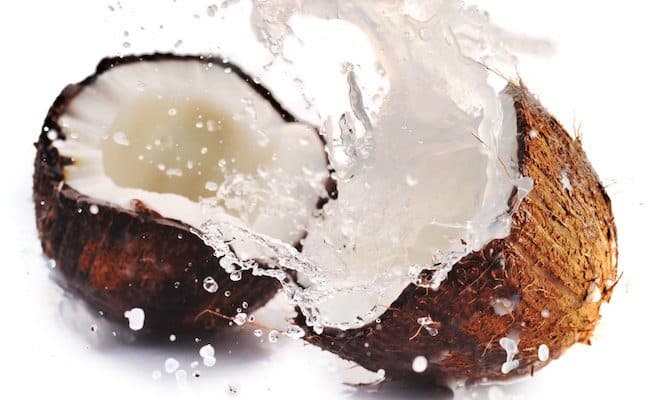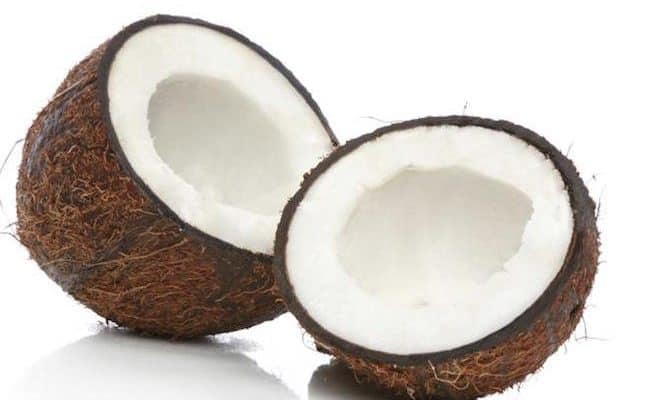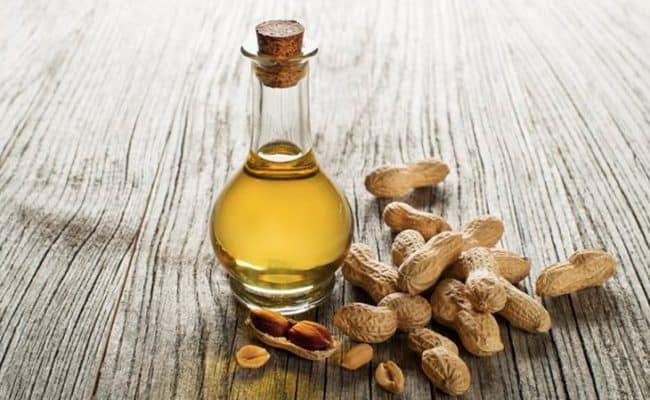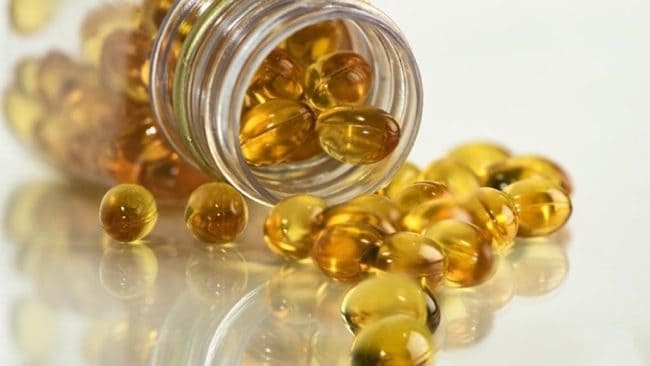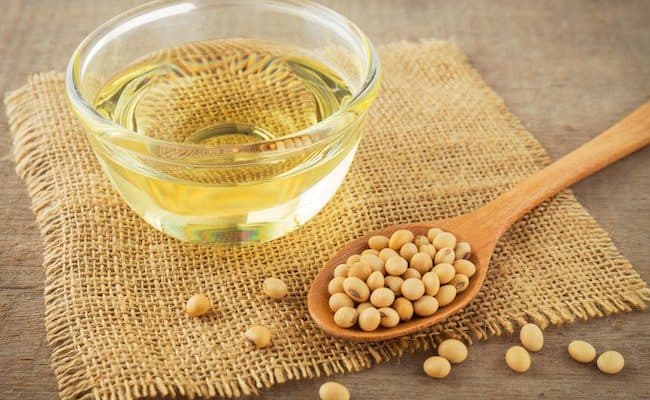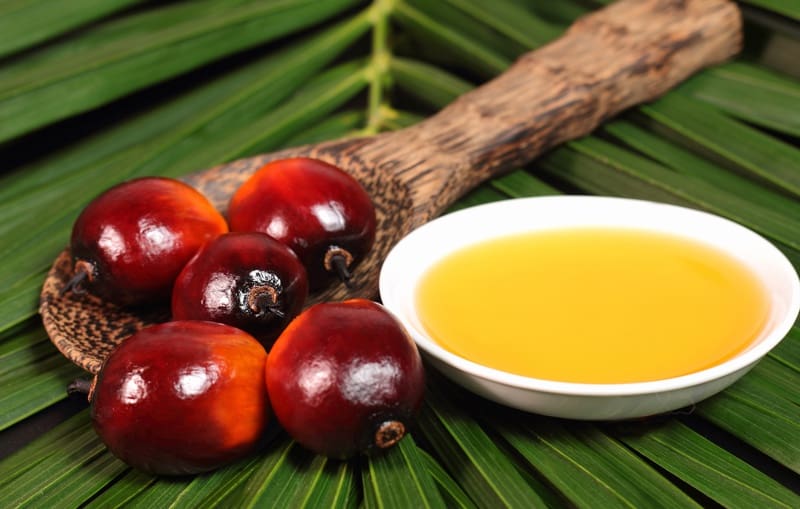
Trans fats is considered by many to be the worst type of fat. Because of this, the use of trans fats in food products is gradually going away. Studies have found trans fats can have a negative effect on heart health by raising harmful LDL cholesterol and lowering helpful HDL cholesterol.
Some foods naturally contain a small amount of trans fats, but the vast majority of trans fats from diet were from packaged, processed foods.
Making trans fats converts a liquid oil into a semi solid fat. Ingredients like partially hydrogenated oil is a source for trans fats.
The rationale for using trans fats is products can sit on shelves longer before going bad, and it is a relatively cheap fat source.
As trans fats in foods are going away, what is replacing them?
There is a variety of options food manufacturers can use to replace trans fats, but a vast majority are using palm oil to replace trans fats.
Is palm oil a better alternative?
There is actually some debate about if palm oil is good or bad for you.
The bottom line though is to remember what food sources palm oil is used in. Often it is used in processed snacks, which should be eaten in limited amounts anyway.
While it’s not recommended palm oil should make up the majority of your fat intake, eating small amounts as part of a healthy diet may not be so bad.
What is palm oil?
Palm oil is made from palm fruit. Palm oil can have some varied names; an ingredient label could say palm oil, palm kernel oil or fractioned palm oil (1).
In general, palm oil is extracted from palm fruit. This palm oil should have a reddish color to it meaning it contains beta carotene (vitamin A) and vitamin E.
Palm kernel oil is made from just the seed of the palm. This type of palm oil is higher in saturated fat content and may be used more for an alternative for trans fats.
Because of the higher saturated fat content, it can be used for frying or other high heat temperature cooking.
Fractioned palm oil is made from extracting only certain types of fatty acids from the palm oil.
Palm oil and heart health
How does palm oil affect heart health? There is debate among researchers.
A 2006 study (2) concluded both palm and trans fats compared to soybean and canola oil adversely affected blood cholesterol levels.
This suggests using palm oil in place of trans fats is not a healthier alternative.
One of the main saturated fats in palm oil is palmitic acid.
There is now debate about how harmful saturated fats are for heart health, but since palm oil contains a high amount of saturated fat, it is thought this may be a reason why palm oil could be harmful for health.
A 2015 review (3) looked at various human and animal studies and palm oil.
This review of studies showed that palm oil intake did not increase blood cholesterol or increase risk for cardiovascular disease.
Besides the saturated palmitic acid, palm oil also has unsaturated fatty acids oleic and linoleic acids.
Palm oil also is a source of beta carotene and vitamin E which are antioxidants. This could be one reason why palm oil has not been shown to increase risk for cardiovascular disease in all studies.
Another reason why there may be a difference of palm oil affecting health is the different types of palm oil that are used.
Whole palm oil is a source of vitamin E and beta carotene, but palm kernel oil and fractioned palm oil have little to no amounts of these nutrients.
Fractioned palm oil is also higher in saturated fat than whole palm oil.
Palm oil and the environment
Another consideration for using palm oil is how it affects the global environment.
When you reach for a bag of chips or crackers that has palm oil, most people don’t think about the impact their food can have on the environment.
The issue with palm oil is tropical forrests are cut down to grow palm as it is increasing in demand. The land used for planting palm also can displace many wild animal species.
Some companies, like Nutiva (4), source palm oil that has no deforestation and is grown with sustainable practices.
Is palm oil good or bad?
When assessing if any one food is good or bad for you, you need to look at the context of your whole diet.
Palm oil is often used as a replacement oil for trans fats in packaged foods, and these foods tend to be void of nutritional value.
If you are mainly getting palm oil intake from packaged snacks, there are many reasons why you may want to lower your intake of these foods not just because of palm oil.
Keep in mind if palm oil is on an ingredient label, the further it is down the list the less palm oil is in the food.
If palm oil is one of the first ingredients on a food, it will have more of it in the food.
However, the exact amount of palm oil, or any ingredient, in a food is hard to know.
There is still some controversy of whether palm oil has a negative health effect, but a 2015 review suggests palm oil doesn’t increase risk for heart health.
As with anything, if you consume palm oil it should be in moderation. Current recommendations suggest most of your fat intake should come from foods high in unsaturated fats like vegetable oils, nuts, seeds and avocados.
If you consume palm oil, check to see if it is full palm oil or just from the kernel. Palm oil also has the beta carotene and vitamin E where as other palm based oils may not.
If environmental concerns are important to you and you eat foods with palm, check to see where the palm is coming from.
